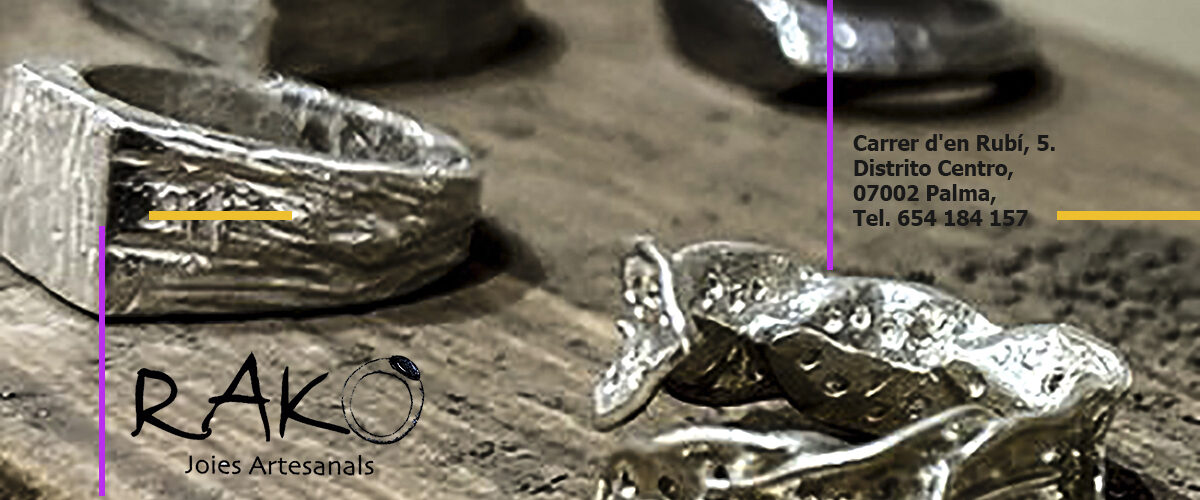“I’m interested in death and impermanence, how things shine and how they disappear. How love comes and goes. I find film beautiful. How it fades and disintegrates.” Robin Cracknell habla así de su trabajo. Fotógrafo y realizador, cuenta que su inspiración es el cine, y captar lo que Werner Herzog describe como “the ecstatic truth” en los acontecimientos cotidianos. La velocidad de la efervescencia. Para realizar su trabajo usa cámaras antiguas y película de cine rescatada de 35 mm. Cuenta que después de convertirse inesperadamente en padre soltero, dejó de trabajar comercialmente durante ocho años para concentrarse únicamente en el crecimiento de su hijo.

Nacido en la India y criado en América, Robin Cracknell se trasladó a Londres en 1987 después de una temporada en Milán donde había estado tomando fotografía de moda. Una vez en Londres, cada vez más desilusionado y frustrado con las convenciones del trabajo de la moda, fue su cartera de trabajo personal lo que llevó a una década de comisiones de editores y directores de arte para carteles, portadas de revistas y más de 300 tapas de libros. Su técnica de combinar la fotografía cinematográfica con la fotografía tradicional y diversos medios mixtos surgió de pasar muchos de esos años matando el tiempo en la cabina de proyección de la ACI, viendo películas oscuras y recolectando los recortes aleatorios de películas descartadas que más tarde se convirtieron en la nueva emulsión para su trabajo. Después de convertirse en padre soltero en 1997, Robin se negó a comisiones por ocho años para concentrarse únicamente en criar a su hijo. En septiembre de 2006, una serie de fotografías documentando este período fue seleccionada por Saatchi Art para un espectáculo comisariado por los lectores de The Guardian, así como destacados galeristas, críticos y artistas. Poco después, estas fotografías y cuadernos de ese período se convirtieron en su primera exposición individual titulada ‘The Camera Suture’ en la Galería Whitecross de Londres. Desde entonces, su trabajo ha sido ampliamente publicado y exhibido incluyendo, sobre todo, la revista Eyemazing, la galería Michael Hoppen en Londres y una exposición individual en Sous Les Etoiles en Nueva York. Una selección de sus cuadernos aparece en la aclamada publicación de Thames y Hudson de 2014, «Photographers ‘Sketchbooks’, con trabajos adicionales de su serie ‘Childhood’ en Thames y Hudson ‘Family Photography Now’, publicado en la primavera de 2016. Es autor de mas de 300 tapas de libros, comisionado por todos los principales editores ingleses y muchas editoriales americanas y europeas, incluyendo obras para los nominados al Premio Booker Hilary Mantel, Tim Parks, Anne Tyler, Amos Oz, JM Coetzee, Ian McEwan, Michael Moorcock, AL Kennedy etc. El trabajo de Robin Cracknell está en varias colecciones privadas internacionalmente, así como en la National Portrait Gallery de Londres, en el Victoria and Albert Museum y en la Fundación Privada Sorigue, un museo de arte contemporáneo de Lleida.

ENG: Robin Cracknell’s photographs explore the transience of childhood and the effect memories have on our lives, his pictures an attempt to capture the past in a narrative that will never disappear, will always be present. Originally a commercial photographer Cracknell became disillusioned with the industry and gave up his career to pursue an artistic path. In 1997 he became a a single father and began documenting his son’s childhood, capturing those precious moments of freedom, curiosity and wonder. However Cracknell soon realised that the pictures of his son merely reflected his own childhood, the photographs were a mirror, a reflection of himself, the past awakening in the present.

This revelation led Cracknell to free himself of the sentiment and emotion of memory and explore the universality of loss and melancholy. His search for a visual language – that could capture the human condition in a single frame – led him to make pictures that combined traditional analog techniques, cinematography and random cuttings of discarded film. These beautiful pictures are narrative fragments that leave us with a sense of loss and emptiness, evoke an inexplicable sadness, a vague memory of a past long gone. They are no longer a personal portrait of the artists child rather they are a universal picture of the human condition, of love lost, time gone, childhood a distant memory. Here’s what Cracknell has to say about his work:
Loss is the heart of my work; specifically the transience of childhood and how memories of that short period shape the rest of our lives. I’m interested in death and impermanence, how things shine and how they disappear. How love comes and goes. I find film beautiful. How it fades and disintegrates.
My inspiration is cinema, to capture what Werner Herzog describes as ‘the ecstatic truth’ in everyday events. The SLR camera seems easier and more immediate than a 16 mm so I tell my story in stills rather than movies. The fizzing speed and enduring calamity of childhood; the truth without the sentimentality is what fascinates me.
I use no digital processes whatsoever. I work with old cameras and salvaged 35mm cine film only; blending traditional film photography with cinematography, the intention being to give these ‘still’ pictures a vaguely narrative quality that I hope speaks about love, loss and memory. In Portuguese, the word is ‘saudade’- a love steeped in sadness, ‘to feel what no longer exists’. By definition, that is what photography does – to stop time, fend off oblivion, allow us to feel what no longer exists – to remind us of what we have lost or have never had.









